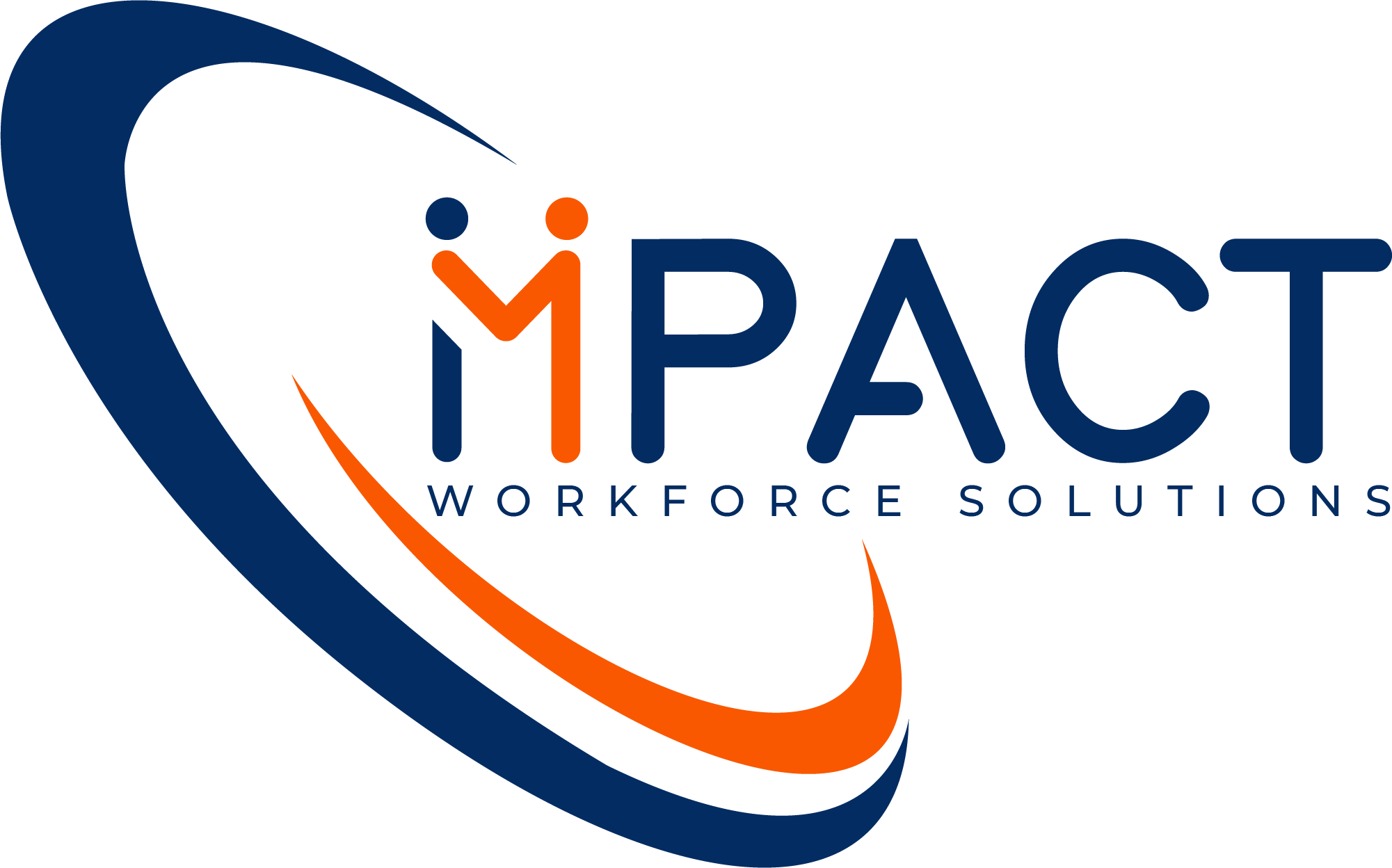
Employee turnover isn’t merely a business inconvenience. It’s a seismic event with far-reaching repercussions. It can erode morale, undercut productivity, and damage a business’s brand reputation — all costly consequences. Addressing these challenges calls for businesses to reassess alignment between organizational goals and employee needs.
Strong alignment is a foundation for building robust retention strategies, bolstering employee loyalty, and maximizing a workforce’s return on investment (ROI). To recalibrate alignment, we have to look closely at employee retention, alignment’s role in employee engagement, and the ways operations managers can synchronize what workers want with what businesses need.
The cost of workforce attrition
In 2023, the turnover rate across the U.S. stood at 3.8%, with nearly two-thirds being voluntary exits. Interestingly, over 40% of employees who voluntarily leave within the first year do so within the first 90 days of hiring, citing poor work-life balance and lack of career development among their reasons for departing.
The costs associated with replacing a departing employee range from one to two times the employee’s annual salary. High-level positions cost more. These costs are especially burdensome for smaller businesses already under financial strain. Overall, voluntary turnover escalates costs quickly and results in U.S. businesses hemorrhaging a staggering $1 trillion annually.
And the ripple effects of turnover extend beyond immediate costs of recruitment. When a team member exits, there is a significant drop in productivity as their departure often results in work stoppage and knowledge loss. Employees coping with the departure of their colleagues often experience a decline in morale, leading to disengagement. Research has shown that disengaged employees are 15% less profitable than their engaged counterparts.
It should come as no surprise: When organizations invest in employee retention, they reap numerous benefits. Not only do they save resources on talent acquisition efforts, but they also have the luxury of allocating more resources to developmental programs to enhance employee engagement, skill development, and overall organizational growth.

Alignment: The key to employee retention
Often, workforce attrition and employee turnover can be traced to disconnects between employees and business objectives. When business leaders and human resources are out of sync, the result is a misaligned organization, where competing priorities, divided efforts, and split resources significantly detract from potential ROI and the employee experience. In a misaligned organization, employees feel disconnected from goals, insecure in their positions, and inclined to search for a cohesive work environment elsewhere.
Fostering alignment should be a core priority in employee retention strategies. Prerequisites for achieving this alignment include:
- A positive onboarding and integration experience, which introduces new employees to the company culture, values, and expectations
- Effective leadership and supervision to ensure expectations are clear, fair, and appropriately flexible in extenuating circumstances
- Clear and consistent communication channels across all levels of the organization
- Inclusivity and collaboration within and across teams to foster belonging and connection with peers and the broader organization
- Regular feedback forums to allow employees to voice their concerns, share ideas, and contribute to continuous improvement efforts
- Comprehensive training programs that arm employees with the information, skills, and resources they need to succeed within the organization
- Recognition and rewards to acknowledge and celebrate each employee’s contributions, fostering a culture of appreciation
- Opportunities for career advancement and skill development beyond immediate roles
When alignment is achieved, organizations bring stability and continuity to the workplace, fostering a positive work culture and facilitating organizational growth. Alignment also cultivates a sense of loyalty and commitment, leading to higher job satisfaction, productivity, and long-term profitability.
It’s important to understand alignment is not a one-time initiative. It’s an ongoing process. Maintaining a workplace where employees feel valued and connected to their organization’s mission and vision requires continuous evaluation and adjustment. If employees believe in the overarching goals and see their contributions as meaningful, they are more likely to remain committed to their work.

Operations managers: Alignment champions
At Impact Workforce Solution, we see effective operations management as the linchpin in achieving alignment. Here, operations managers play a central role beyond overseeing and coordinating activities. Our OMs are conduits between senior management and frontline contingent employees, ensuring organizational objectives, strategies, and goals are effectively communicated and understood at all levels of the organization.
Strong operations managers inspire and motivate their teams by articulating the organization’s mission and vision in a way that resonates with employees’ values and aspirations. More often than not, they are present on-site, understanding the dynamics of the workplace and identifying areas for improvement firsthand. In the process, they work toward developing strong relationships with team members and building rapport to ensure each employee feels understood, valued, and supported to excel. In essence, operations managers are doing a lot more than implementing initiatives. They develop camaraderie among employees, keeping them engaged, productive, connected, and — indeed — aligned with the organizations they contribute to each day.
Realign your workforce with Impact Workforce Solutions
Understanding the intricacies of turnover and alignment is key for organizations aiming to thrive. By fostering a workplace where employee needs are in sync with business goals, organizations can create a unified and satisfying work environment. This unity is further strengthened by effective operations management, which aligns team activities with organizational objectives and instills a sense of purpose and belonging among employees.
Moving forward, stakeholders must prioritize integrating these insights into their operational frameworks, focusing on alignment and effective management as pillars for sustaining a committed and productive workforce. This approach goes beyond reducing turnover costs. It cultivates a resilient, engaged, and aligned workforce that drives its organization toward long-term success and stability.
